Boosting Sleep Apnea Diagnosis: How AI, Oximeters, and Your Smartphone Can Help
Sleep is essential for our health, but many people struggle with sleep issues, such as obstructive sleep apnea (OSA). This condition can cause a person to stop breathing multiple times during the night, which results in poor-quality sleep and can lead to health issues like fatigue, high blood pressure, and heart disease. Diagnosing sleep apnea can be a challenge, and typically involves spending a night in a hospital hooked up to many wires—a procedure called polysomnography (PSG).
While PSG is very effective, it’s not very convenient. For those who have experienced it, it’s often uncomfortable and costly. Researchers are looking for more accessible ways to diagnose sleep apnea, and one promising approach is to use portable monitoring devices that are easy to use at home.
This article discusses an exciting study that combined modern technologies like oximeters, accelerometers, and smartphones with an Artificial Neural Network (ANN) to improve sleep apnea diagnosis. Let’s dive into how this innovative system works and why it might make a huge difference for people dealing with sleep apnea.
What Is the Study About?
The aim of this study was to improve the accuracy of a portable sleep apnea diagnostic device called "Biologix." This device consists of a high-resolution oximeter (which measures the oxygen in your blood) and an accelerometer (which tracks movement), all connected to a smartphone app that records snoring.
The main goal was to develop an Artificial Neural Network (ANN) that could better determine when the person was actually asleep. This is an important distinction because the number of sleep apnea events can vary significantly between when you’re awake and when you’re asleep. Traditionally, portable monitors only provide data for the hours spent wearing the device, not differentiating between sleep and awake periods, which makes the results less accurate compared to PSG.
In this study, the ANN model used data from the oximeter, accelerometer, and snoring recording to predict sleep and improve the accuracy of sleep apnea diagnosis.
How Does the System Work?
The Biologix system gathers data from:
- Oximeter: Measures oxygen levels in your blood.
- Accelerometer: Tracks movements while you sleep.
- Snoring Recording: Captures snoring sounds using a smartphone app.
These devices are linked to a smartphone and the data collected is processed in the cloud, where the ANN helps to determine whether a person is awake or asleep. Here’s how each part contributes to better understanding sleep:
- Oximeter: Measures how much oxygen your blood has. Low oxygen levels can indicate breathing problems related to sleep apnea.
- Accelerometer: Keeps track of how much you move. If you’re moving around, chances are you’re awake or restless. When you’re in deep sleep, you tend to move less.
- Snoring Recorder: Snoring is a common symptom of sleep apnea, so understanding when and how much you snore gives more clues about sleep health.
The data from these devices is used by the AI model to predict sleep more accurately. By including more detailed information like movement and snoring, the AI helps identify true sleep time, which makes diagnosing sleep apnea with a portable monitor more reliable.
Artificial Neural Network (ANN): The Heart of the System
An Artificial Neural Network (ANN) is a type of AI that’s designed to mimic how the human brain works, with many interconnected “neurons” that learn from data. In this study, the ANN was trained using data from 268 patients who had undergone standard PSG along with the portable Biologix monitoring at the same time. By comparing the PSG results with the Biologix data, the researchers trained the ANN to accurately detect when the patient was asleep.
The ANN used something called “k-fold cross-validation” to ensure accuracy. This means the sleep studies were divided into different parts so that the model was trained and tested multiple times with different data each time. This ensures that the model is robust and reliable, not just lucky in predicting the right results.
In the end, the ANN achieved:
- 91.5% Sensitivity: Ability to correctly detect actual sleep.
- 71.0% Specificity: Ability to correctly detect when a person is awake.
- 86.1% Accuracy: Overall success rate of correctly predicting sleep or awake states.
These are promising results, especially considering that portable monitors have traditionally struggled to tell whether someone is awake or asleep.
Why Is This Important?
Portable monitoring is more convenient, affordable, and easier for patients. However, it has not been as accurate as PSG in detecting OSA because it does not measure sleep directly. Instead, portable monitors typically record all respiratory events over the monitoring period, whether you are awake or asleep. This can lead to overestimating the severity of OSA.
By using an AI model that can predict sleep, the Biologix system becomes more like PSG—able to detect true sleep periods and provide a more accurate apnea-hypopnea index (AHI), which measures how many times your breathing is disrupted during sleep.
In this study, the Biologix system with sleep prediction showed a significant improvement in diagnostic precision. The difference (bias) between the PSG results and the portable monitor results decreased significantly, meaning the AI-driven Biologix was much closer to the "gold standard" PSG in assessing sleep apnea severity.
Who Can Benefit from This New Technology?
-
People Suspected of Having Sleep Apnea: Many people avoid traditional PSG because of the inconvenience. With this AI-enhanced portable monitoring system, getting tested at home becomes easier and more comfortable.
-
Healthcare Providers: This system could allow doctors to get accurate information without asking patients to go through expensive and uncomfortable sleep studies at a clinic.
-
Patients in Remote Areas: For those who live far from sleep clinics, an AI-powered portable monitor can be a game-changer, bringing accurate diagnostics to their homes without the need for travel.
Limitations and Future Directions
While this study had promising results, there are some limitations to consider:
- Small Sample Size: The study included 268 patients, which is a good start but still a relatively small sample. More studies with diverse populations are needed to confirm the effectiveness of this technology across different age groups and health conditions.
- Specific to OSA Patients: The ANN was trained using data from patients with suspected sleep apnea, meaning it might not be as accurate for healthy individuals without any sleep disorders.
In the future, improvements could include expanding the study to include a wider range of participants, integrating other data sources like heart rate variability, and further refining the AI model to improve accuracy.
Conclusion: AI Enhancing Sleep Apnea Diagnosis
This study shows that combining data from an oximeter, accelerometer, and snoring recordings with an Artificial Neural Network can significantly improve the accuracy of sleep apnea diagnosis using portable monitors like the Biologix system. By accurately detecting sleep, this AI-driven approach makes it possible for portable monitors to more closely match the reliability of traditional PSG, while being far more convenient and accessible.
Sleep apnea is a serious condition that affects millions of people worldwide, and innovations like these make it easier for people to get diagnosed and, subsequently, treated. If you or someone you know has been struggling with sleep and suspects sleep apnea, these advances could make the testing process simpler and more comfortable, ultimately improving sleep health.
For more detailed information, you can find the original study here. Please note that sharing or adapting this article must follow the guidelines set out by the original publishers under the Creative Commons Attribution-NonCommercial-NoDerivatives 4.0 International License.

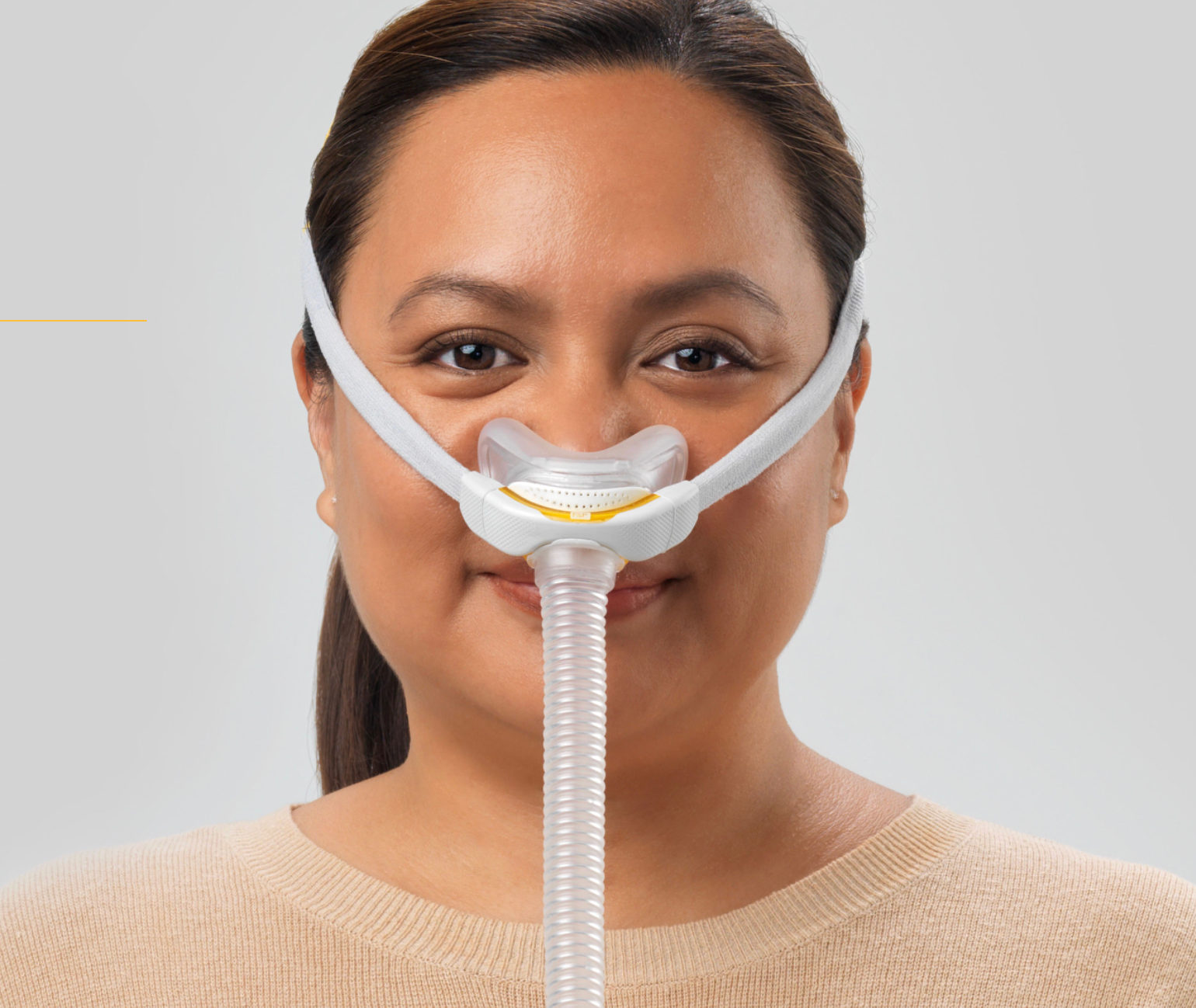
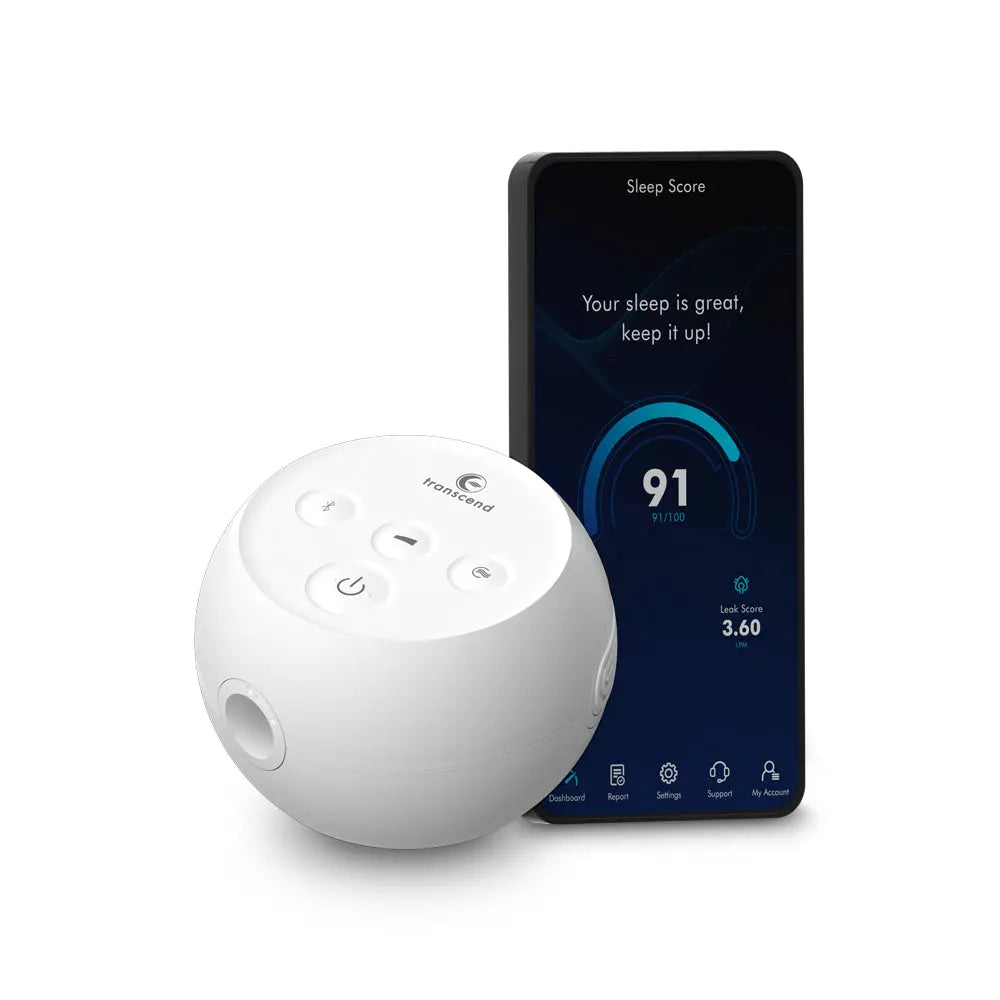
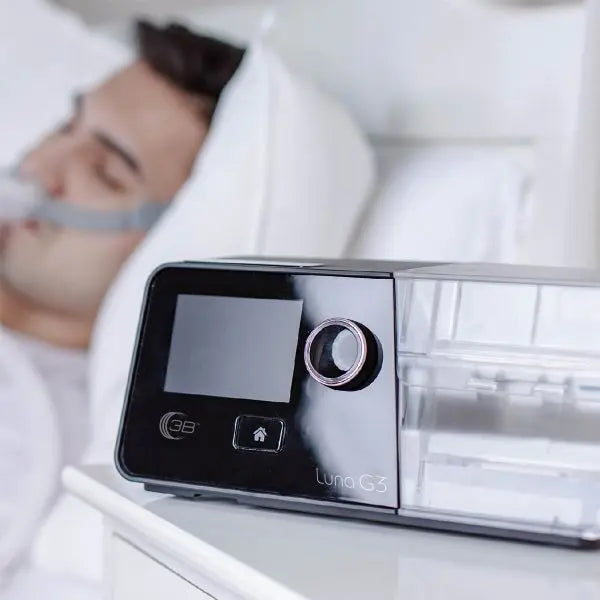
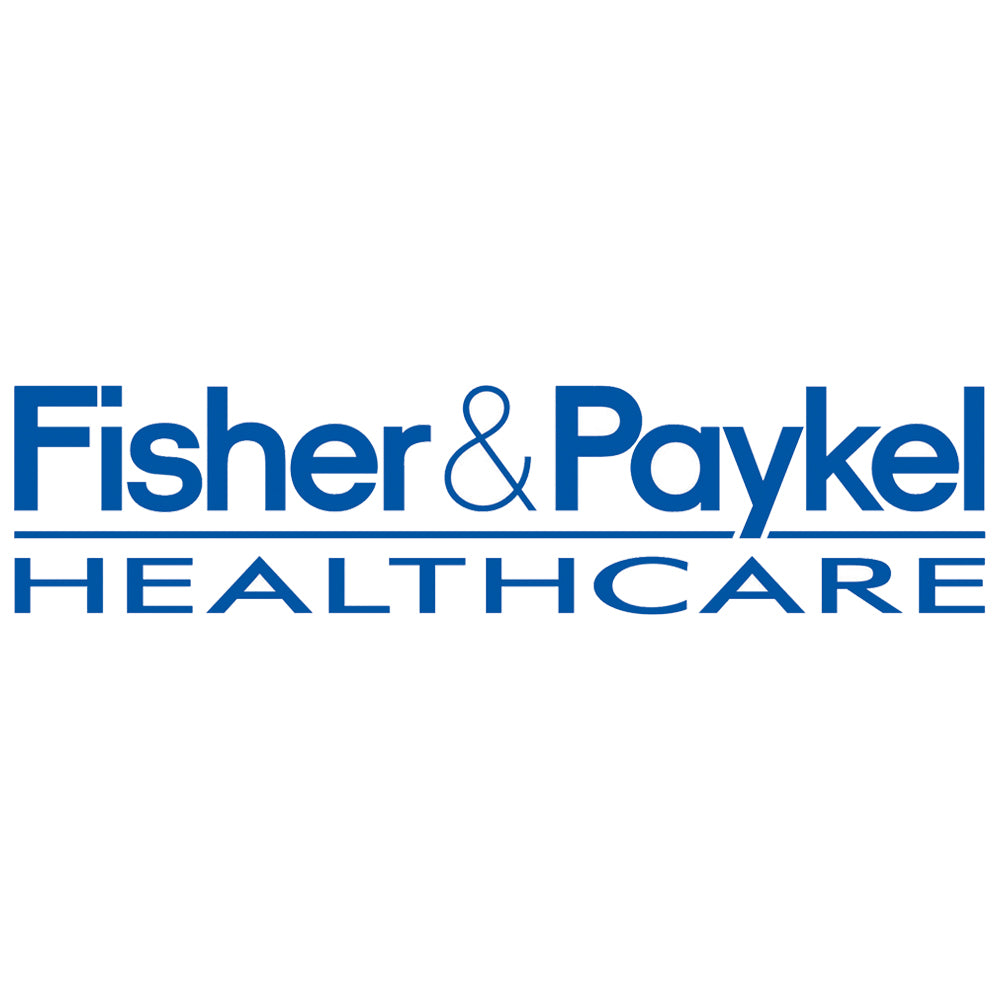

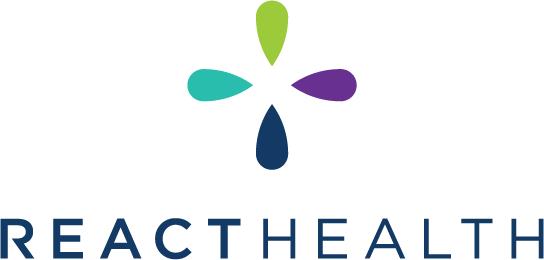

Leave a comment
This site is protected by hCaptcha and the hCaptcha Privacy Policy and Terms of Service apply.